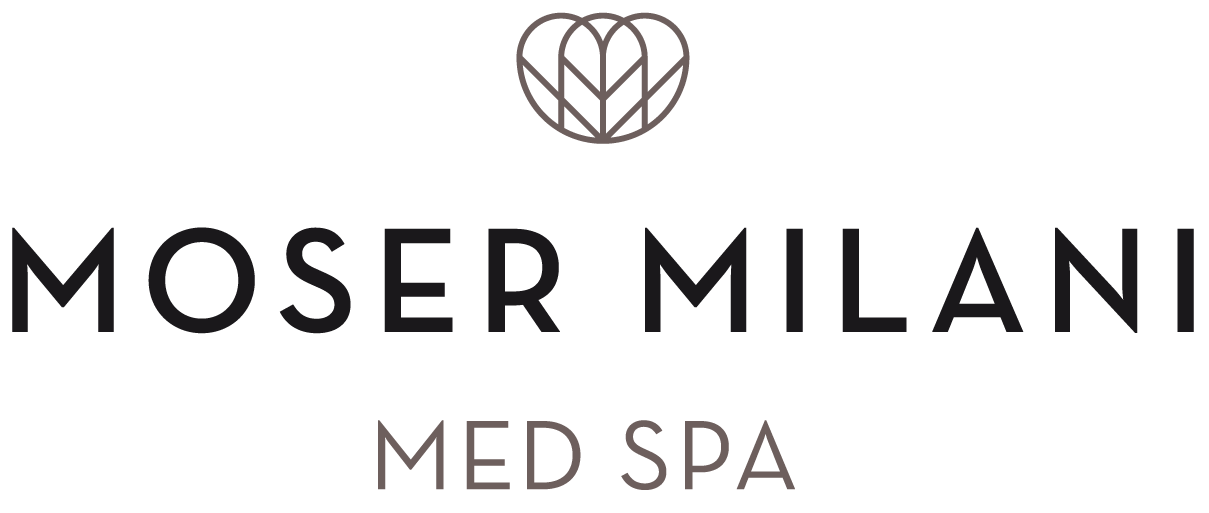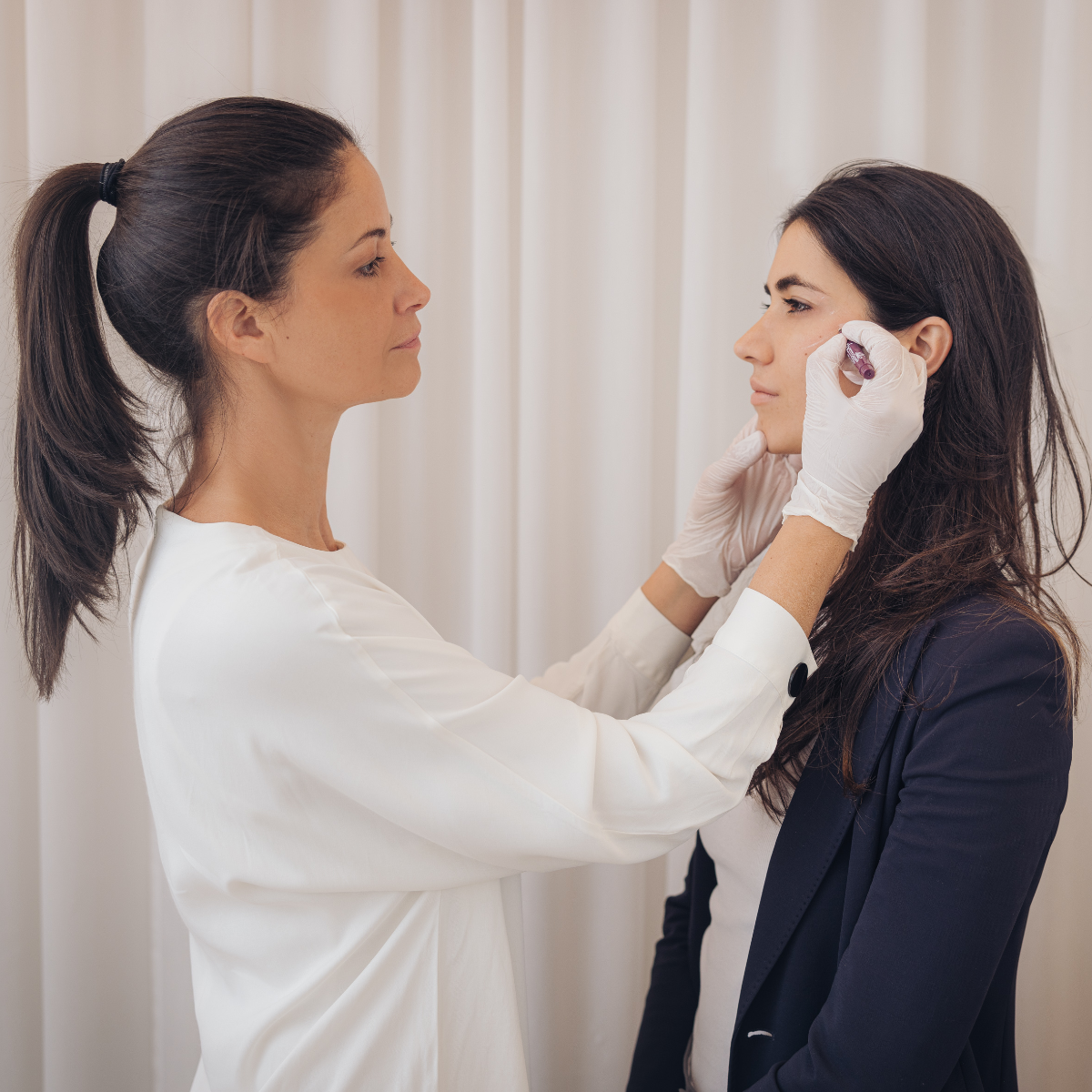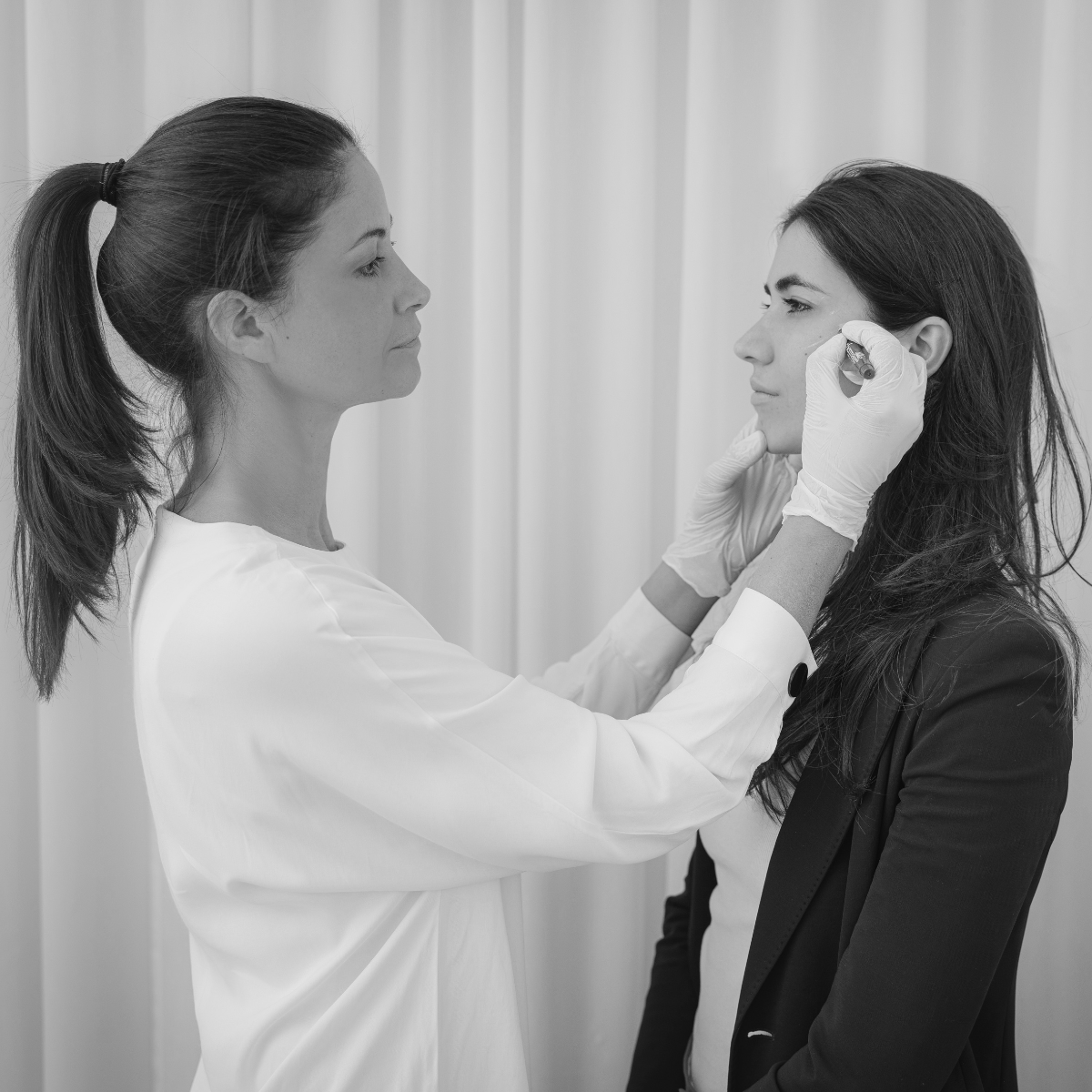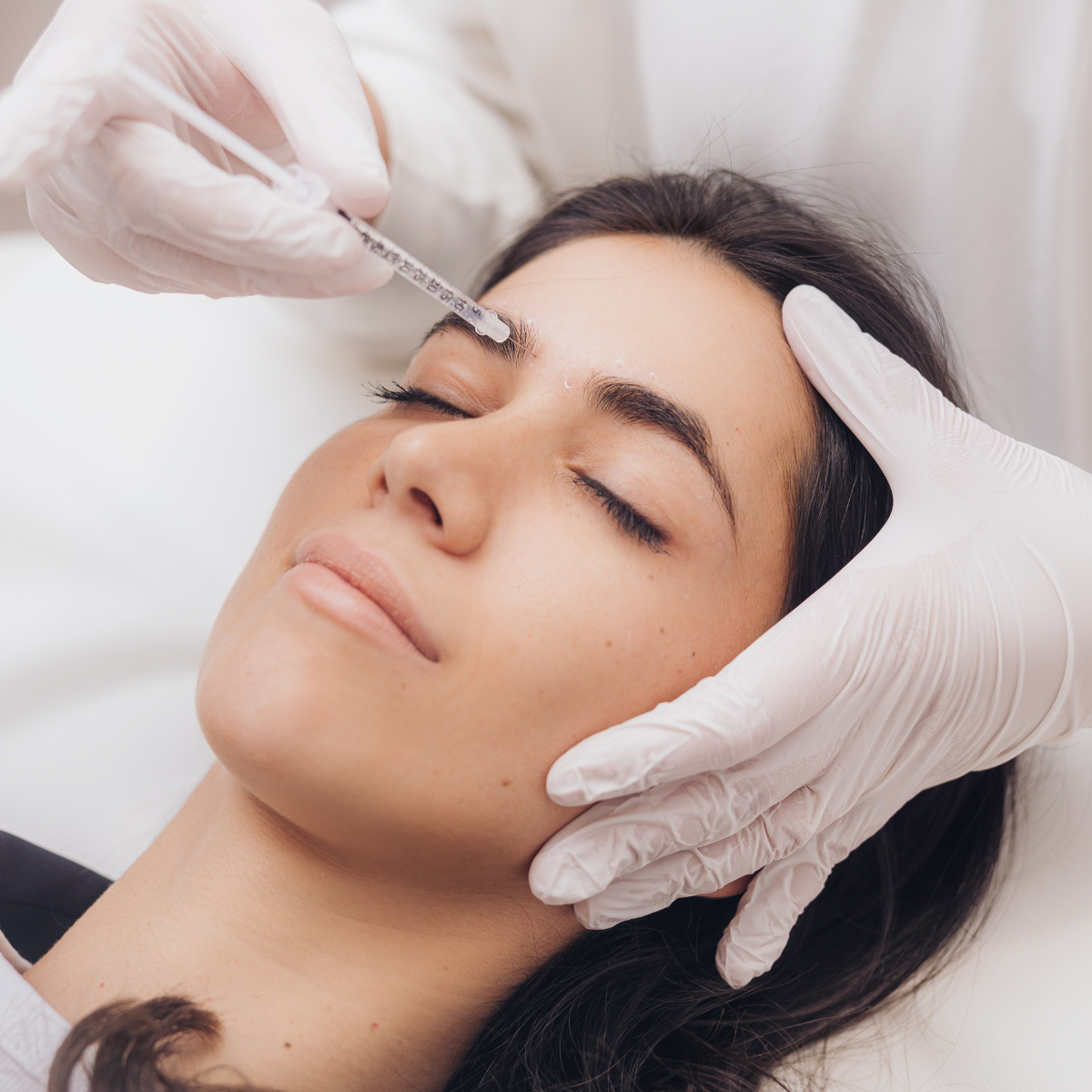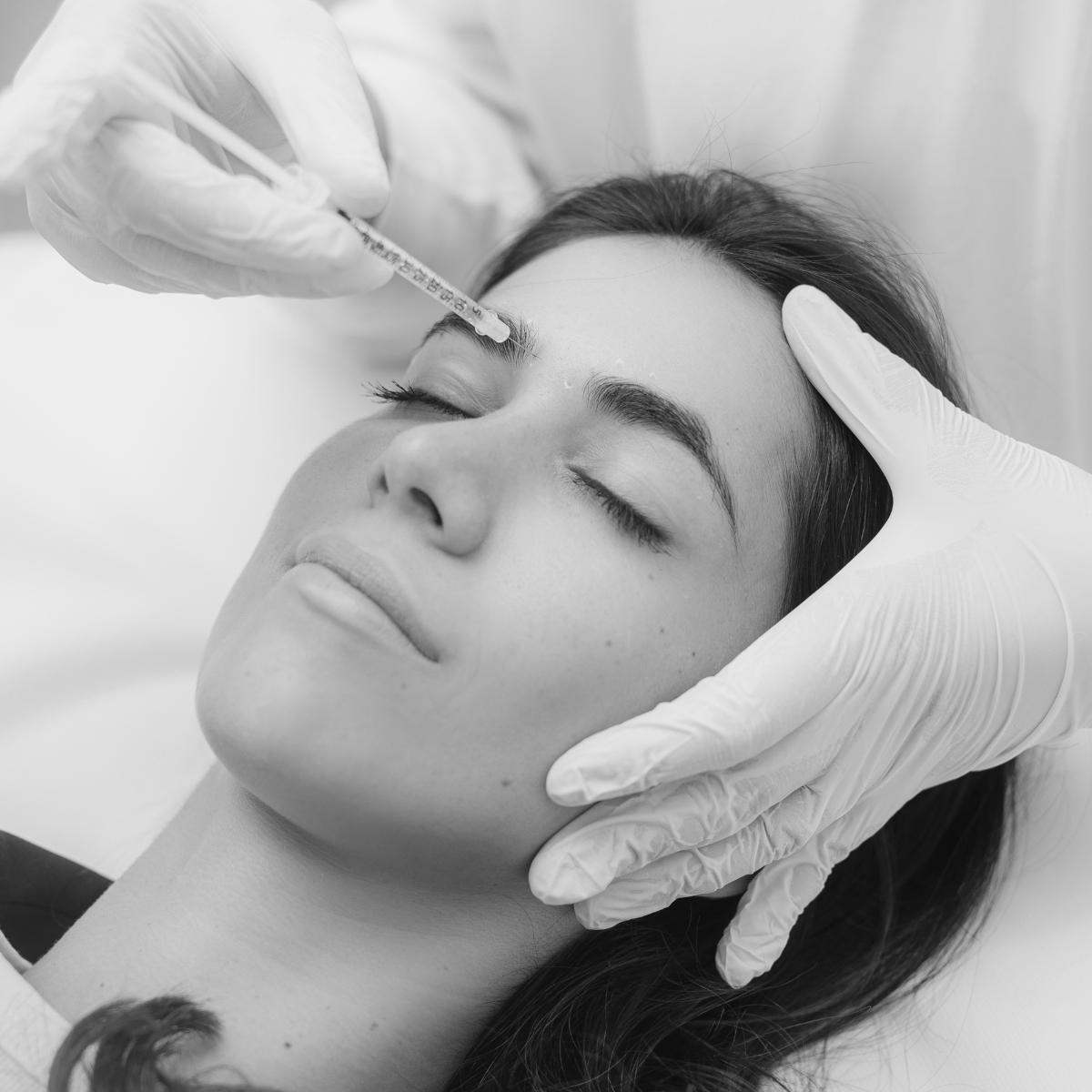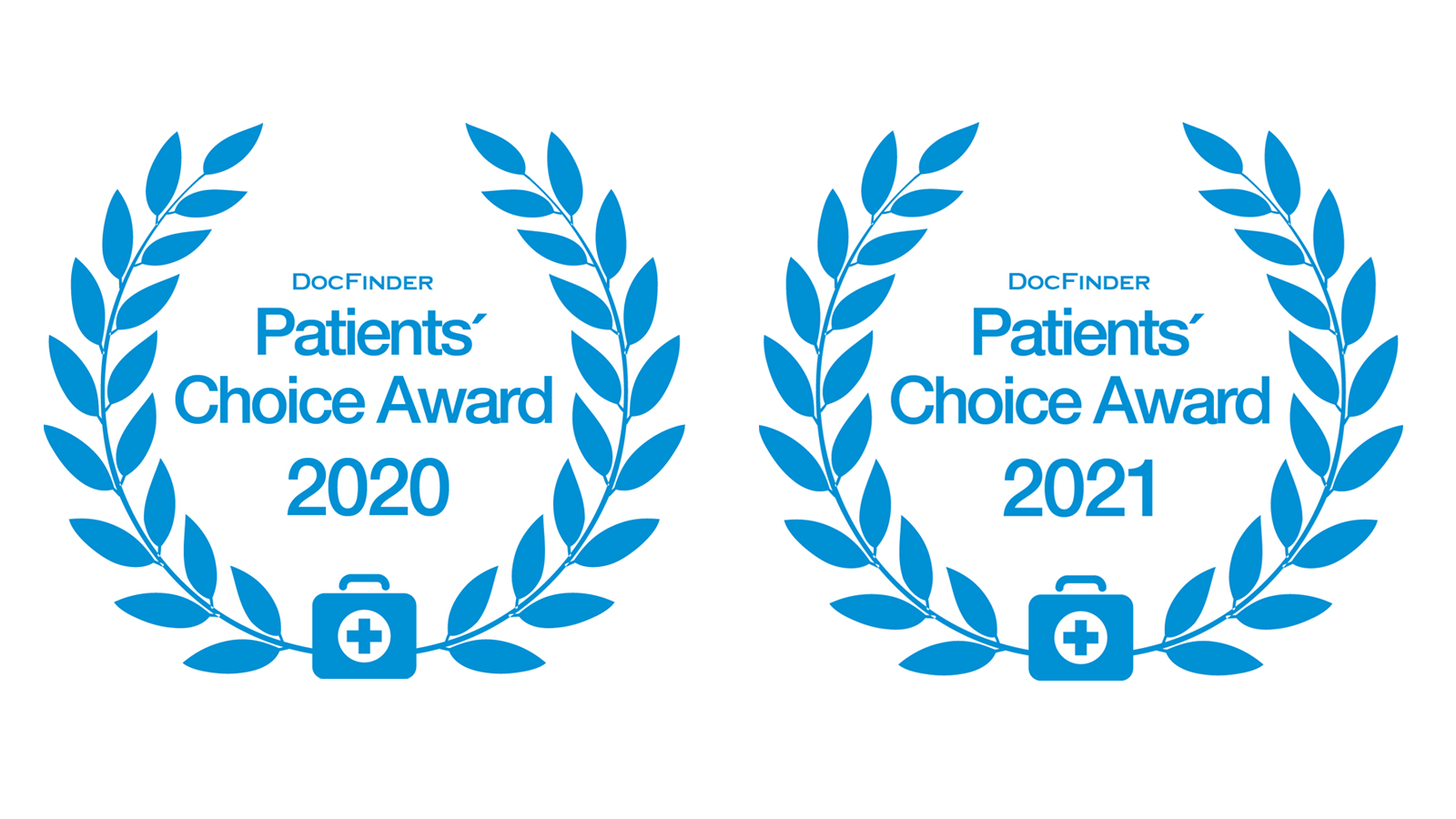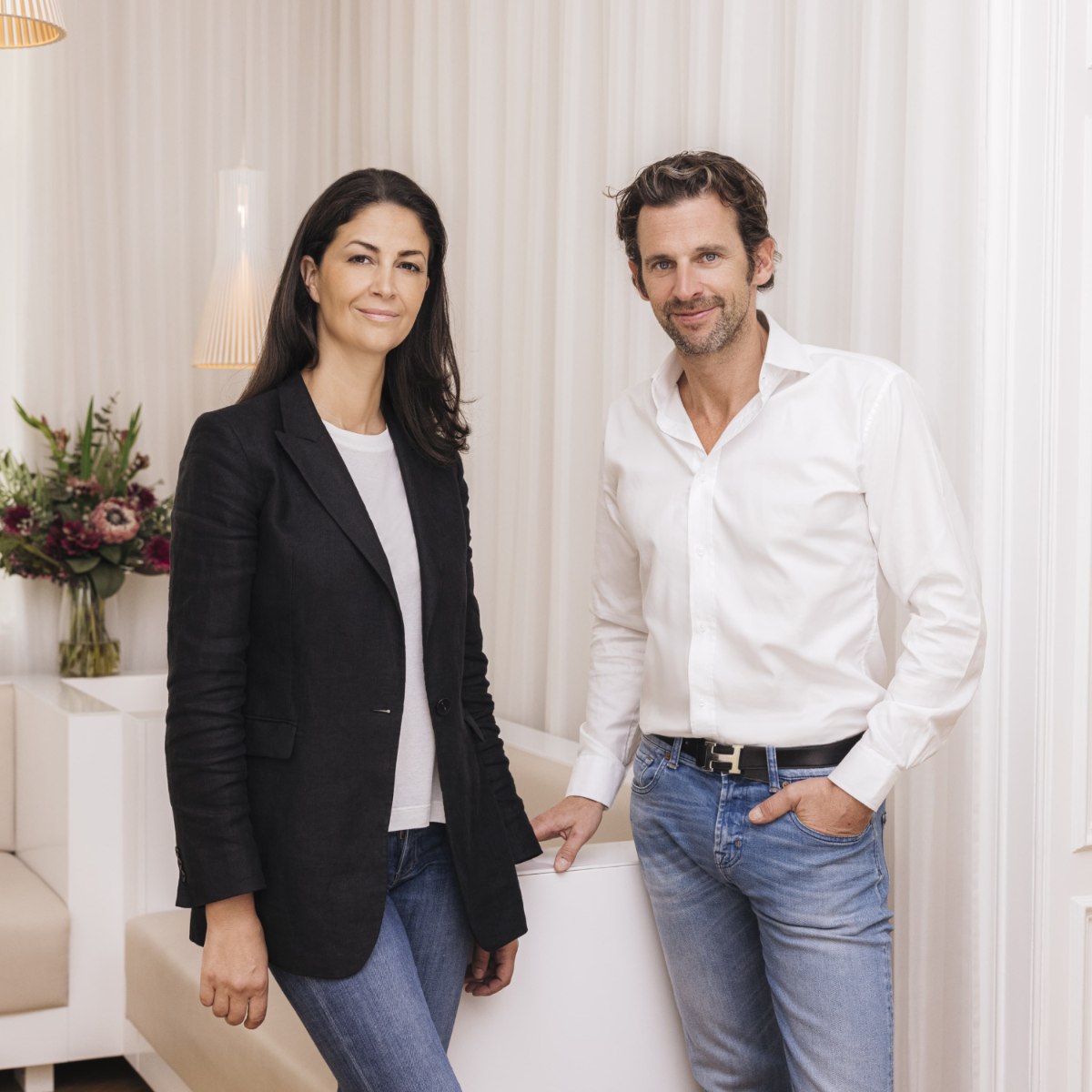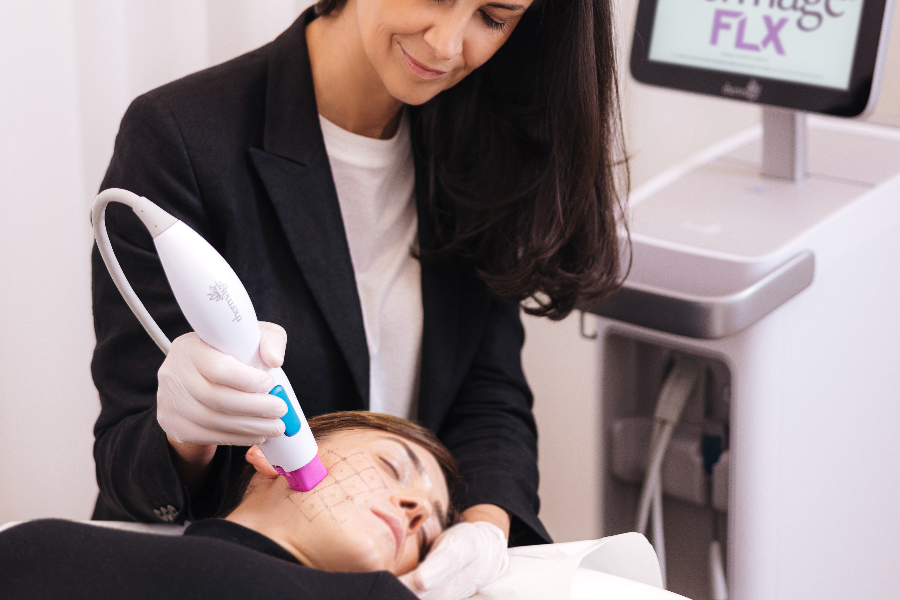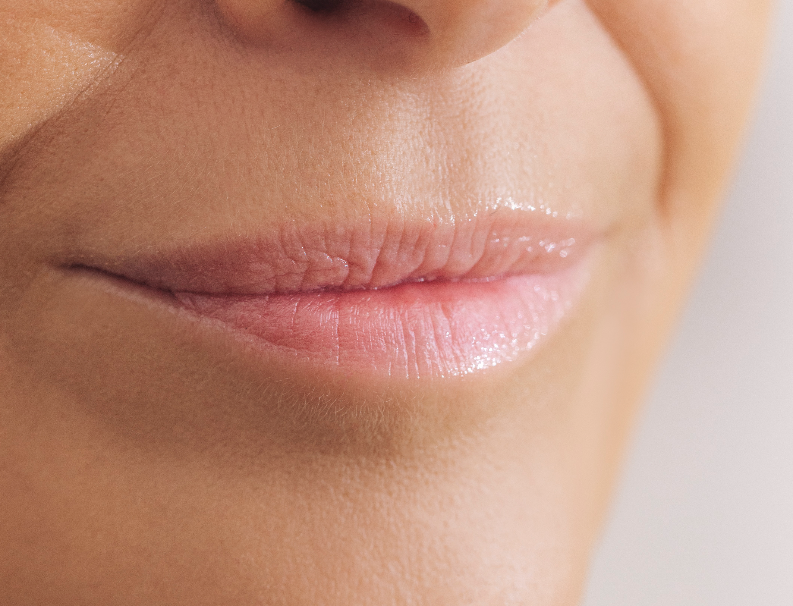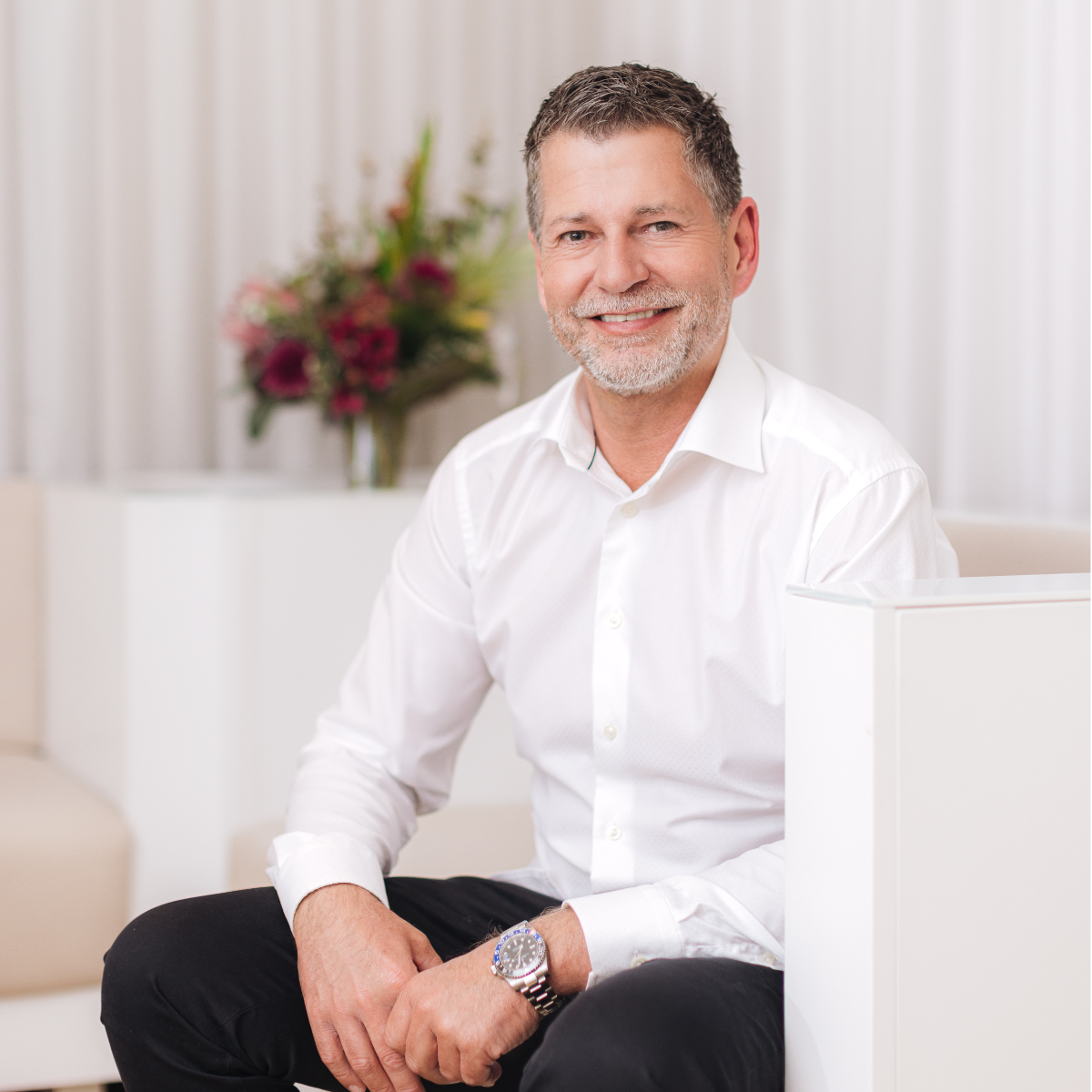MOSER MILANI MEDICAL CENTER
THE PLACE WHERE BEAUTY AND HEALTH UNITE.
THIS IS US
Our practice is about understanding your wishes from the ground up. Based on this, we develop an individual treatment concept. We take your overall health into account. Often it is not just about carrying out a cosmetic procedure, but also about optimizing function or identifying and solving a deeper health problem. A selected, experienced and well-rehearsed team of doctors is at your side.
Dr. Shirin Milani | Dr. Veith Moser
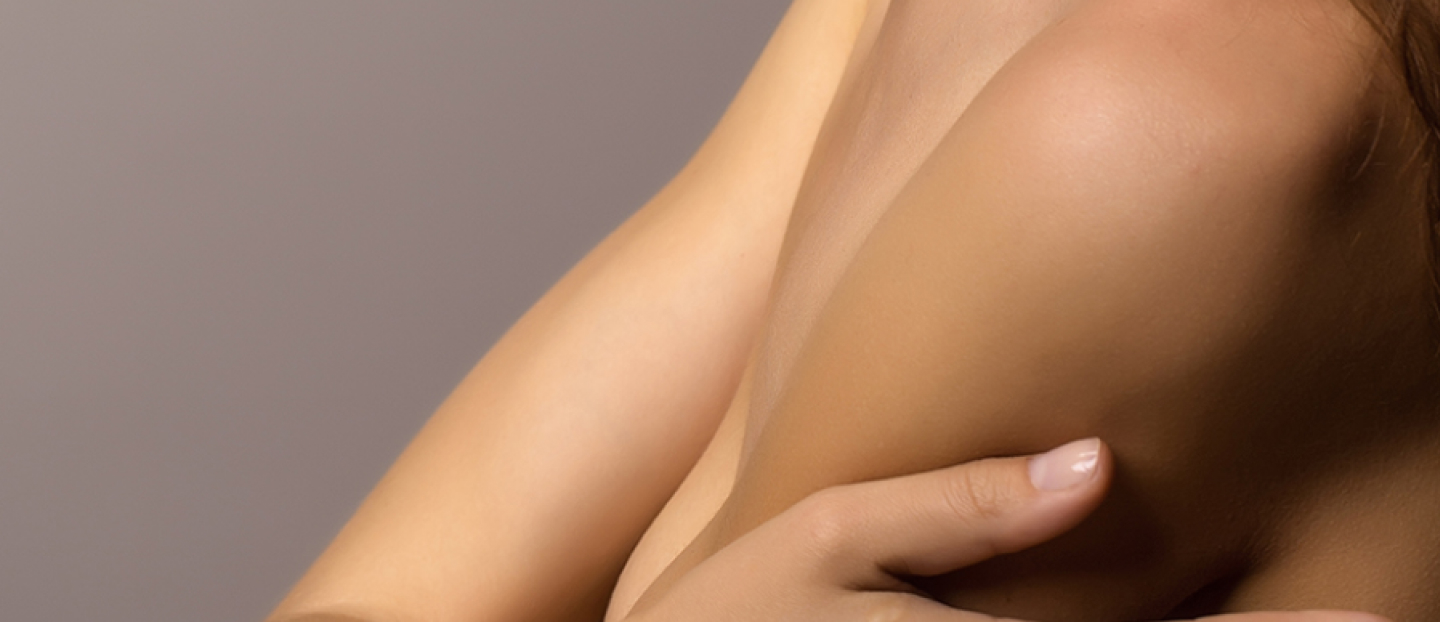
TREATMENTS
Our competent team will take care of you before, during and after the treatments. There is also a regular exchange between the individual experts to ensure that your beauty and health are viewed holistically.
Alle anzeigen Body Breast Concerns Face Medical Cosmetics Medical Services WrinklesFOLLOW US ON INSTAGRAM
DIE KUNST SCHÖN & GESUND ZU SEIN Ärztezentrum für Plastische, Ästhetische & Rekonstruktive ChirurgieMedizinische Kosmetik
AS SEEN ON





